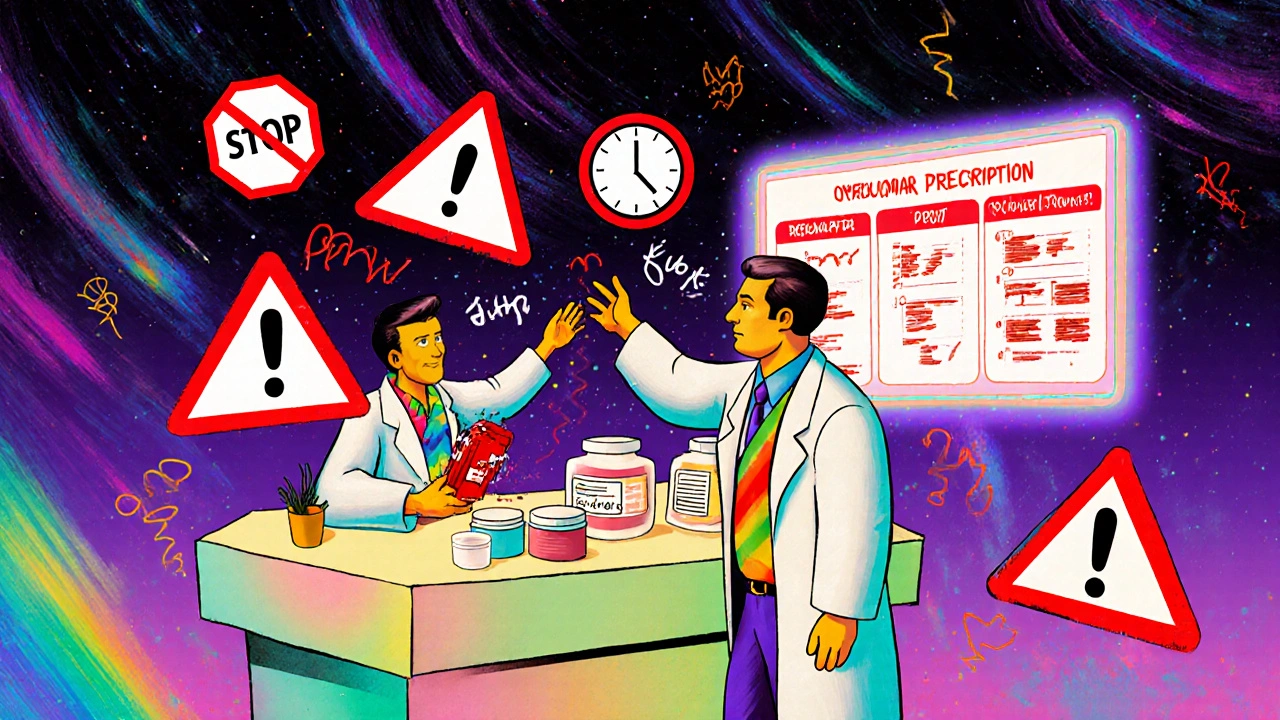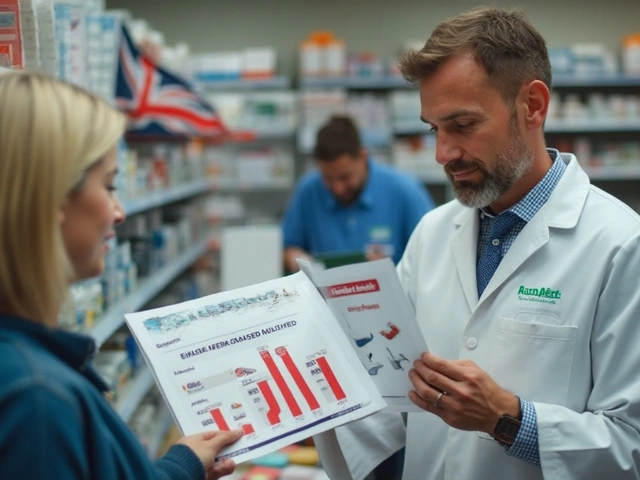Prescription Protocols: Safe, Smart Ways to Use Medications Correctly
When you take a prescription, you’re not just swallowing a pill—you’re following a prescription protocol, a structured plan that tells you how, when, and why to use a medication to get the best result while avoiding harm. It’s not just the dose—it’s the timing, the food rules, the lab checks, and knowing what not to mix with it. Many people think their doctor’s script is the whole story, but the real work happens in the details: how you take it, what else you’re on, and whether your body reacts differently because of your genes.
That’s where drug interactions, when one medicine changes how another works in your body come in. St. John’s Wort can make birth control or antidepressants useless. Bactrim might clash with blood thinners. Even common painkillers like Motrin can cause problems if you’re on blood pressure meds. And then there’s therapeutic use exemption, a formal approval athletes need to use certain prescription drugs without breaking anti-doping rules. It’s not cheating—it’s medical necessity with paperwork. Meanwhile, pharmacogenomics, the science of how your genes affect how you respond to drugs, is changing the game. Some people get terrible muscle pain from statins because of their SLCO1B1 gene. Testing for it means your doctor can pick a safer option before you even start.
Prescription protocols aren’t one-size-fits-all. They’re tailored to your health history, your lifestyle, even your travel plans. If you’re on carbimazole for thyroid issues, you need regular blood tests. If you’re taking desmopressin after surgery, you must watch your fluid intake. If you’re on acitretin for psoriasis, you can’t get pregnant—or get a skin infection without knowing it. These aren’t warnings you can ignore. They’re part of the protocol. And when you skip them, you risk side effects, hospital visits, or worse.
Below, you’ll find real, practical guides that break down exactly how these protocols work in real life. From how to report bad reactions through MedWatch to why some people tolerate statins and others don’t, every article here is built to help you understand not just what to take—but how to take it right.
How to Prevent Early Refills and Duplicate Therapy Mistakes in Pharmacy Practice
Learn how to stop early refills and duplicate therapy mistakes in pharmacy practice using evidence-based protocols, EHR tools, and staff training to improve patient safety and reduce medication errors.






